You know those racks of free postcards you get in bars and places like that? A mixture of adlike stuff and promtions for clubs and shows and stuff?
I've always thought they're a great medium because they act as an alternative to urban spam, they're not that intrusive, they're part of the background, but they're offering you something of some value, if you want to use it.
But these things are worth paying attention to, because they're a model for the future of most communications. They sit, modestly at the edge of our attention-field and they'll only 'succeed' if they're sufficiently engaging, interesting or useful for us to want to march over and look at them, read them or ideally, use them. That's the way TV is going.
And most of these things, seem to me, to fail this test. Very few of them make you want to read, even fewer to take home, and I've never come close to actually using one as a postcard. But if I wanted to practise creating the CommunicationsStuff (TM) of the future I'd practise on postcards. Get good at these and you're ready for the challenges of the next 30 years.
Likely problems you'll have to solve:
1. You'll have to make something that's simple and captivating at a distance but rewards deeper, more prolonged inspection.
2. You'll have to make something that has actual, intrinsic value of some sort - independent of a brand - whether it's cultural, aesthetic, practical, whatever.
3. You'll have to make something that makes it more likely someone'll buy something, without making them feel like they've been spammed.
4. You'll have to make something that's open enough that someone's like to want to send it to someone else to represent them, not just as a token of a brand.
5. You'll have to do loads of them, all the time, constantly creating new stuff, to keep it interesting.
And then you should start working out how you do that with video.
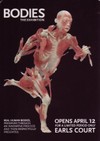
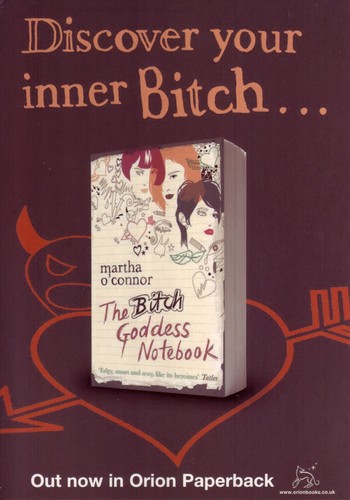

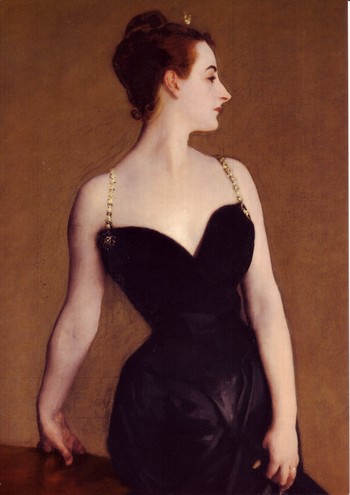
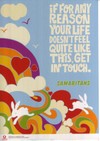
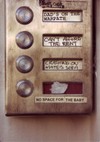
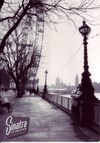
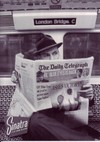
Have a look at this - it doesn't answer all your questions but we (Deutsche Bank) use it to address similar problems - specifically how to get the engaged attention of an audience (investment institutions) who are bombarded with data, ideas and pitches each day.
Posted by: garykeene | April 13, 2006 at 10:38 AM
That is brilliant. (I couldn't get the audio to work, but that didn't really spoil it, because I probably wouldn't have understood it anyway.)
I've often thought that things used internally for businesses are going to get more like external communications, and external communications are going to get more like internal ones - as the difference between customer and company gets more blurred.
But that's great. I could see a lot of people using something like that. And the skills you learn doing it could be massively transferable to other places.
Posted by: russell | April 13, 2006 at 11:49 AM
Thank God Russell's back from Holiday - the planning community hasn't known what to do with itself this past week.
Posted by: Richard | April 13, 2006 at 12:39 PM
Discussing postcards demands a plug for PostSecret at http://postsecret.blogspot.com/
It is self-described as an ongoing community art project where people mail in their secrets anonymously on one side of a homemade postcard. Interesting how such a subtle, simple medium CAN hold such value and contain such powerful messages.
I see this as quite a cultural phenomenon, to the point of purchase - I bought the book recently and there was a successful exhibit in Wash. D.C. with unpublished/posted postcards.
I'm sure there's a powerful lesson in here somewhere.
Posted by: steve | April 13, 2006 at 03:30 PM
brilliant post!
all marketing communications has been pushed to the peripherary. the "clutter" problem no longer exists. and only the intrinsically valuable will get noticed. minor amusements won't.
you just said everything that needs to be said. never mind planners, every creative should read this.
Posted by: veedub | April 16, 2006 at 01:25 AM